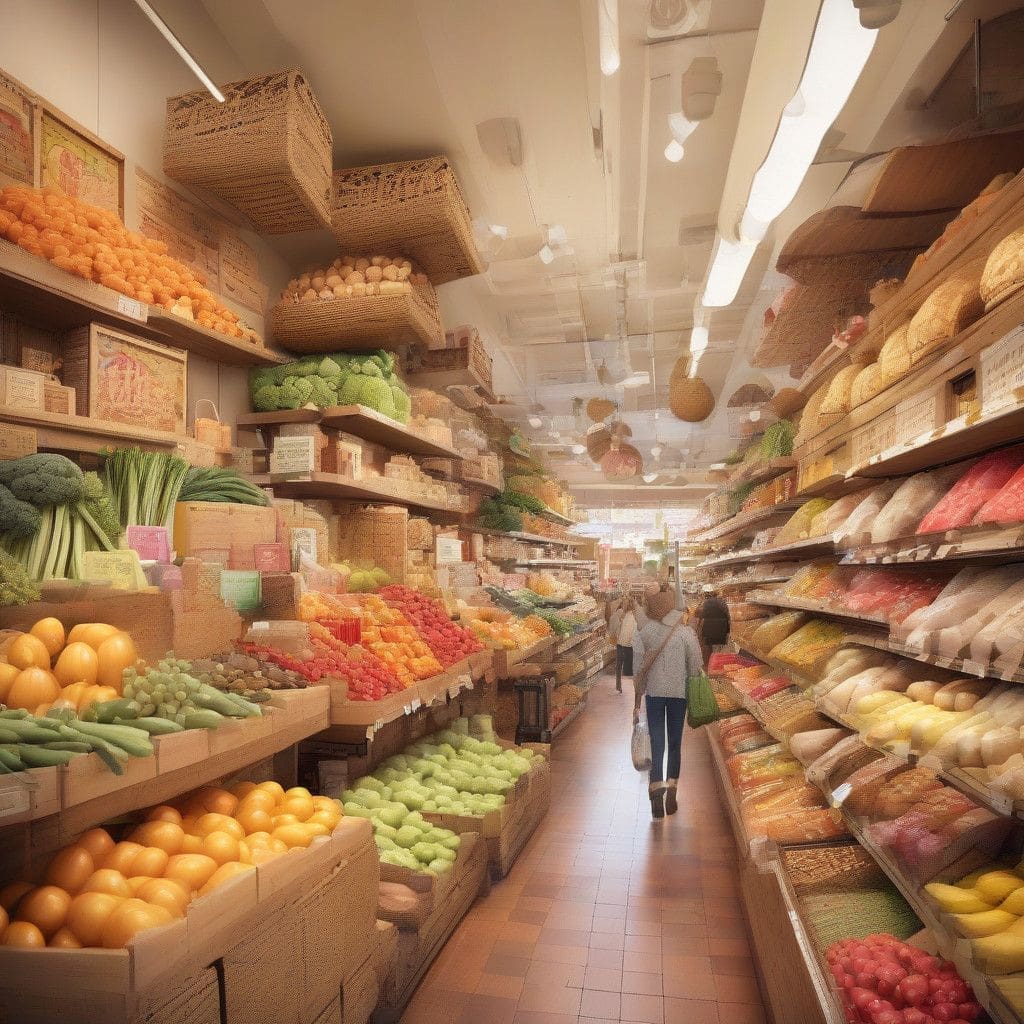In recent weeks, a delightful buzz has enveloped the grocery sector, driven by a trend that has gained traction on social media: grocery tourism. While it may sound novel, the practice of exploring local supermarkets while traveling is not entirely new. However, the renewed attention presents unique opportunities for retailers to showcase their local specialties and connect with a diverse audience, including locals, tourists, and casual shoppers alike.
Jon Koontz, COO of Leevers Supermarkets, commented on the trend, saying, “For us, it’s been interesting as this ‘grocery tourism’ thing has taken off. With our footprint, we’ve always had an opportunity to cater to locals, and if there is an added benefit of travelers stopping in our stores to see what local people eat and what we have, we’re happy to be a part of that, too.” His perspective is particularly relevant as Leevers recently expanded by acquiring stores from Save A Lot in St. Louis.
The data supports the notion that grocery stores in tourist hotspots have seen a significant increase in foot traffic. R.J. Hottovy, head of analytical research at location analytics firm Placer.ai, noted that during the summer months, food retailers in tourist areas often outperformed those in less frequented locales. He added, “We also saw dwell time for grocery stores increase in many of these tourist markets this year, which goes against the general trend of shorter grocery visits. This may be due to several factors: more crowded stores and consumers taking more time to look for unique products.”
Retailers capitalizing on local products have an advantage during peak tourism seasons. Koontz emphasized that grocery stores should maintain strong vendor relationships and, importantly, leverage social media to tell the stories behind these local offerings. “Save A Lot has a hyper-focused strategy on being specific to areas we serve, and the ability for suppliers or retailers to tell a story today, especially through social media, is better than it’s ever been,” he stated.
Consumers are not only looking for value but also for a unique experience. Hottovy noted, “While value has been a motivating factor for many shoppers this year, we’re also seeing consumers prioritize uniqueness. Some markets do it better than others, but it seemed like local products made a comeback at tourist grocery stores, particularly in the beverage category.” During the summer, many grocery retailers showcased a wide selection of local beverages, both alcoholic and nonalcoholic, capturing the interest of visitors eager for exclusive finds.
Interestingly, industry professionals themselves often indulge in grocery tourism. Koontz playfully remarked, “I think a lot of us in the industry have been labeled as weird by family members when we want to do that on vacation. But for me, it’s an opportunity to capture what good operators are doing, both in terms of product assortment and operational best practices.”
Mary Moorkamp, chief legal and external affairs officer at Schnuck Markets, shared her family’s grocery tourism experiences, highlighting the familial aspect of the trend. “Grocery tourism is a family event, and every vacation involves visits to grocers, both new and familiar. My kids do it too. It was particularly proud when my daughter called to share her discovery of Wegmans during a track meet in New York.”
The beauty of grocery tourism lies not just in discovering unique local products but also in the exploration and education it provides. Koontz elaborated on the inspirational nature of visiting international stores, asserting that exposure to foreign grocery formats can enhance domestic operations.
To effectively harness this trend, retailers must focus on a few critical strategies:
1. Local Product Promotion: Grocers should actively promote local products, using signage and marketing that highlight the story behind the items. This not only attracts tourists but also cultivates local pride and loyalty.
2. Social Media Engagement: Leveraging platforms like Instagram and TikTok can create buzz around unique offerings. Engaging content, such as behind-the-scenes looks at local suppliers or recipe ideas using local ingredients, can help draw attention.
3. Enhanced In-Store Experiences: Retailers can boost dwell time by creating engaging shopping experiences. Tastings, local product displays, and informative staff can enhance customer interactions and encourage impulse purchases.
4. Collaborations with Local Brands: Forming partnerships with local brands and artisans can broaden product offerings while promoting community support. These partnerships can also lead to exciting promotions or events that draw both locals and tourists.
The grocery sector has the potential to reinvent itself through the lens of grocery tourism. Retailers who recognize this shift can leverage it to not only boost sales but also build lasting connections within their communities.
As the trend continues to gain momentum, the synergy between tourism and grocery shopping could reshape how retailers approach their marketing strategies, making every shopping trip a memorable experience for both locals and travelers.
